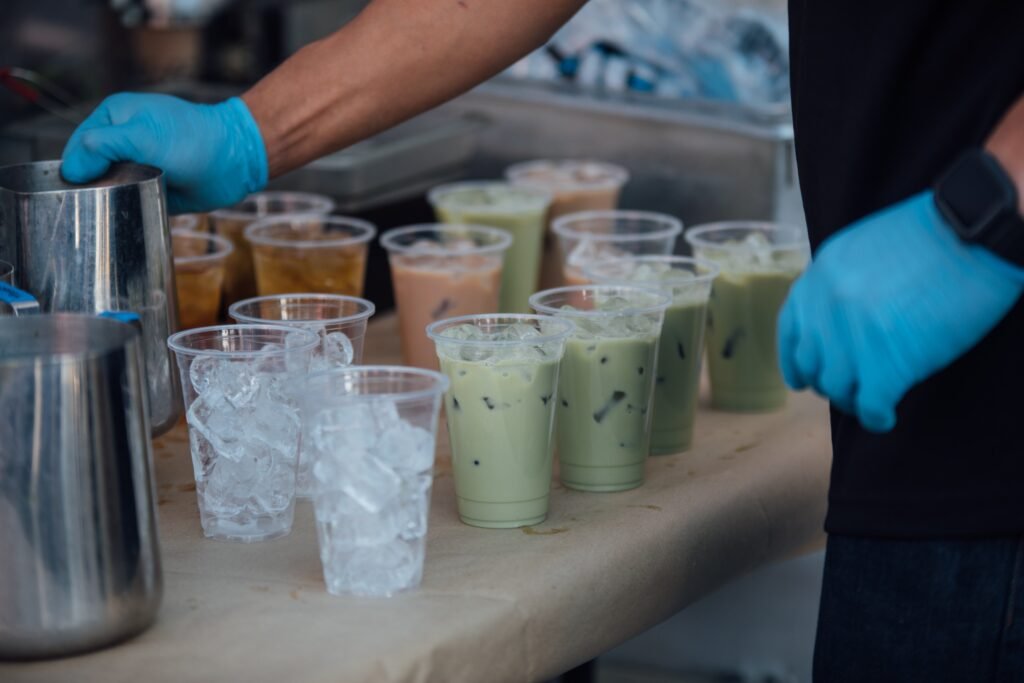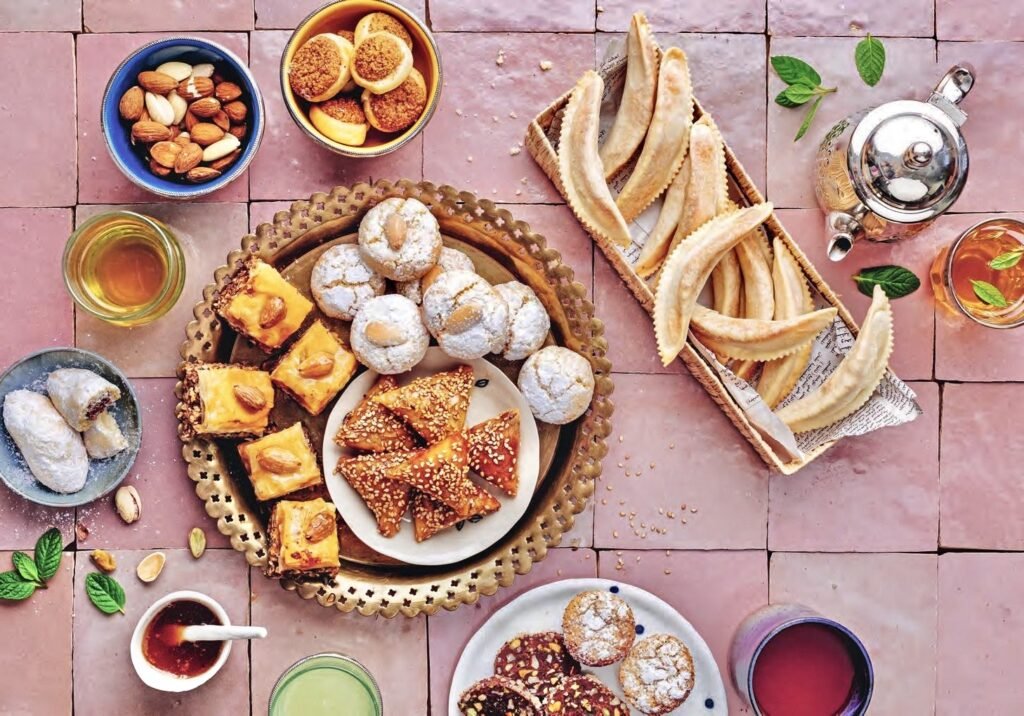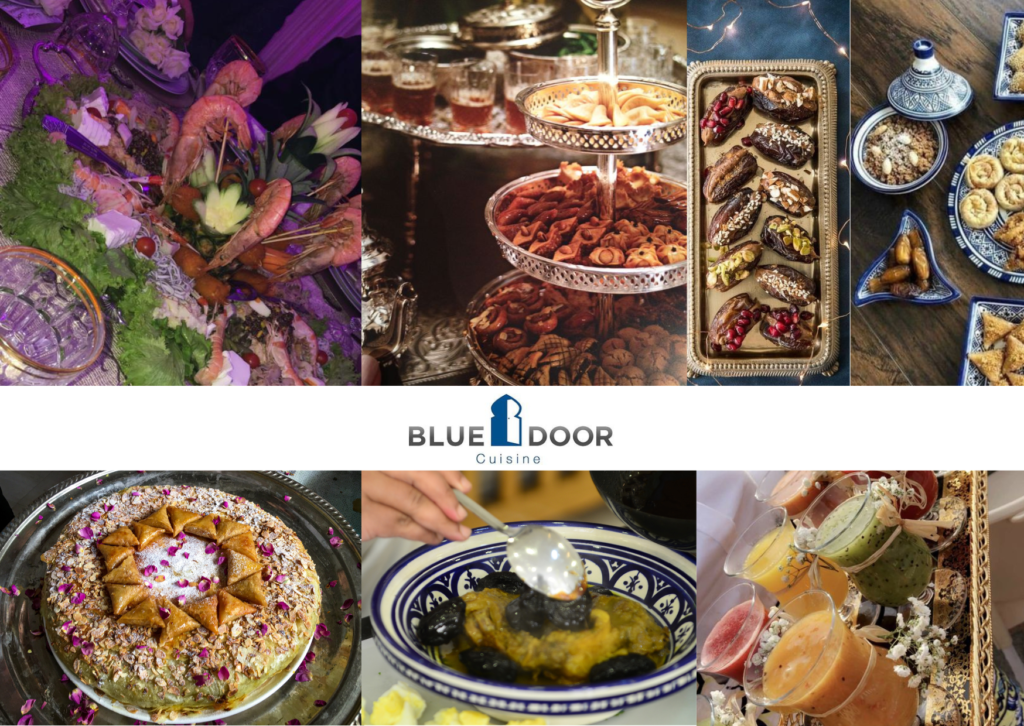Moroccan Street Food – is it Safe
Like everywhere, there is street food to try – those snacks on the way when you’re a little peckish, or just curious. This can be daunting in an unfamiliar country, on two fronts.
Is it safe?
And what on earth is it you’re about to try?
Contrary to the information you will find on the net, the food is fine in Morocco. A month after I arrived I found a site that insisted you should never eat dairy food here because they have no refrigeration. So I am still wondering what that white box is in the corner of my kitchen, the one which is cold on the inside. But everyone seems to have one.
Depending on the city, even the water is fine. You just need to ask everywhere you go. You can drink tap water in Tangier, and in Chefchouen. I’ve drunk tap water in Fes, no problem. Agadir and Marrakech I don’t. Morocco isn’t the backwoods of Africa. It is a fast developing country with a lot of mod-cons, perhaps because of its proximity to Europe. I’ve even read that the number of mobile phones registered in Morocco is more than the population!
So what about street food. What is there? And is it worth trying?
Here are some things you can try. Morocco is full of tiny shoebox-sized shops selling the same things as some stalls, but some of these “shops” are so tiny they are just a basket being carried around by an old man, or a woman sitting on the street selling just two things – perhaps some Moroccan cheese (like cottage cheese) and lben (the sour milk or butter milk which is very popular here).
1 Juice Stands
Freshly squeezed juice is a treat anywhere. In Tangier that is lemon and orange juice. Lemon juice can be had with or without sugar. I am told it is better to have without – I have it both ways, depending on my mood. Moroccans love lemons. It is rare to see a meal without lemons included somewhere. I have often seen people eat the whole lemon like an apple, skin included!
When in season you can also get pomegranate or grenadine juice at these stalls. This has become a huge favourite of mine. Pomegranate juice is both sour and sweet. I’ll often grab one as I walk past a stand, and feel sad when the season is coming to an end. They are a winter fruit.
If you stay at the stand to drink you get a glass and it costs about 8-12 mad/dhs (Moroccan dirhams) depending on the season – about 1 euro. If you want to drink as you walk you’ll pay an extra couple of dirhams for the plastic cup.

2 Cactus Fruit Stands
One other mention in fruit stands is cactus season. Late summer you will see cactus fruit stands. For 1 or 2 dhs the owner (with the gloves for the prickles, lol) will peel a fruit for you to eat as you go. They are sweet and make a nice little treat.
In other parts of Morocco (notably Essaouira and Chefchouen where you can order a cactus juice) I’ve seen different types of cactus fruits of all colours, especially red. So try them out and see which ones are your favourites.
3 Other Street Stalls
There are a few of these around, especially into the evenings and night – Morocco is not especially renowned for its early hours. The most common is the man selling caliete – the big “slice” in a round silver warming tray. He serves it in pieces either on some butcher paper or in a bread roll or French stick.
The first time I tried it I thought it was mashed potato spread and grilled, but I now know the truth. It is thick humus – dip made from chick peas. It’s a nice little snack. It’s warm, which is a big bonus when you’re hungry or when it’s a bit cold. And very popular. So don’t be shy – try some!
You will also find stalls selling chick peas (the word for chick peas is humus, whether it is the separate peas or made into the dip you’re probably already familiar with. But do make sure to try the humus here. It is likely to be far better than what you’ve had at home.)
The chick peas are given to you in a little paper cone, a tasty little snack flavoured with a bit of salt and spice – usually cumin or paprika. In the winter there are also stands selling eggs and potatoes, peeled for you and eaten in a similar way to the chick peas.
Corn on the cob is also around in the winter, either boiled in salt water or charcoaled on a grill – you choose. Again, a tasty snack to sort that gap til it’s dinner time, or until your food event at Blue Door Cuisine where you might finish your morning by learning how to make Moroccan bread or a tajine.
Even more common are the nuts. They may be on street corners, or walking around from café to café. Again served in paper wrapped into a cone – or just put onto your coffee table on that paper. You can choose from a variety of nuts and seeds by pointing and giving the man some money. 2 or 5 dirhams will get you a nice little snack. You will get more if you ask for the peanuts, sunflower seeds, or the crispy fried corn or chickpeas, less if you want the fancy nuts like almonds, cashews or pistachios, or mix it up. Just like at home, some are cheaper than others.

4 Sweet Things
My favourite sweet snack on the run is a donut. These are probably the donuts that we had before the machines took over. I find it just as much fun to watch them made all by hand as I ever did watching the donut machine (and I’m not only talking about when I was little). You can get them with or without the hole. The no-hole version you can get filled either with ‘chocolate’ (by which they mean Nutella), or sugar on the outside with maybe honey or apricot jam in the middle. I’m not usually a big honey fan, but I am finding the Moroccan honey one that I rather like. My favourite donut though, is sugar and apricot jam.
The street across from Gran Socco (where the fountain is) to the left of Cinema Rif has two donut stands right there on the corner there, one on each side of the street. Try them both. Then send me your preference, because I have been unable to decide. (about 3 dhs)
Churros can also be found in these places – little mini ones which are excellent, especially when they are freshly made and still warm.
5 Moroccan Specialities
My next favourite are the little nut bars and nougat stalls. They are everywhere to be found, though often in fixed or pop-up locations. They make an excellent snack on the run.

And an excellent midnight vice back in your room.
And in fact, any time of the day. Or night.
Although it is now found all over the Mediterranean and loved everywhere, the origins of nougat are in the Arab world. A recipe book has been found dating back to 10th century Baghdad with nougat recipes. It reached Spain and Italy around the 16th century where it became a feature. But don’t skip trying the nougat from Tangier – or any other countries from here across to the middle east.
Also usually to be found in little shops, sometimes pop-ups, are the sweets that are particular to Ramadan called Chebakia, though you can find them all year round. They are a flour and water pastry fried in various shapes and doused in a sugar syrup.
My preference though will go to the dates. Especially in Ramadan they will be seeded and have a walnut inside them. I have been recommended the Medjool dates, and I can’t fault them. They are less dried than we get them at home, and are sweet and divine, tasting almost caramelized.
So don’t be shy. Be adventurous and go out and try some of these street foods.
Written by Zallee Pepper @
OzzyHopper.com



